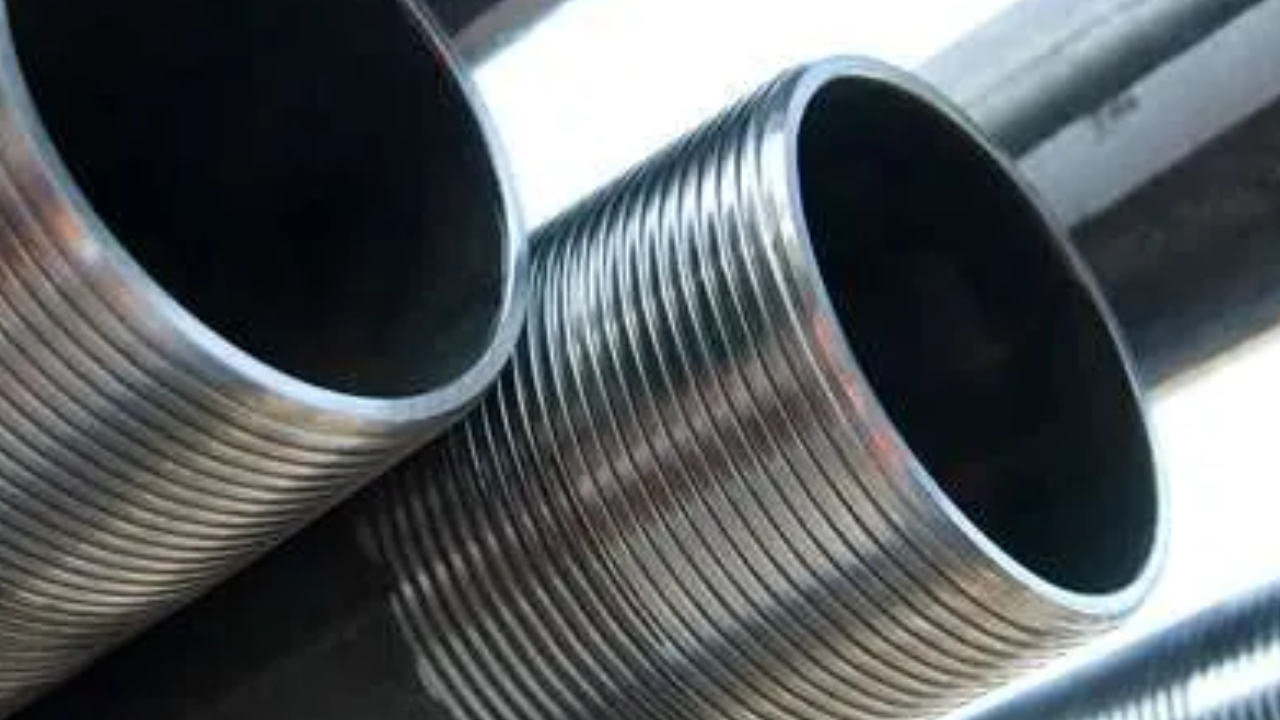Pipe fittings are critical components in plumbing and piping systems, serving as connectors, and adapters that facilitate the proper alignment and characteristics of pipes. They are used to join extraordinary pipe sections, trade guidelines, and transition between numerous pipe sizes or kinds. The best selection of pipe fittings is important for ensuring the integrity, performance, and safety of a piping device.
Deciding on the right form of pipe fitting is important as it immediately influences the machine’s overall performance and sturdiness. different types of pipe fittings are fundamental for various applications in funneling frameworks. Well-selected fittings help save you leaks, reduce preservation expenses, and ensure that the device can manage the precise pressures, temperatures, and styles of fluids it’s going to encounter. Wrong fittings can lead to operational disasters, safety dangers, and expensive upkeep. Making informed choices contributes to common challenges in performance and cost-effectiveness.
Tips To Choose the Correct Type of Pipe Fitting for a Particular Application
This article will guide you through the procedure of selecting the correct pipe type by thinking about numerous key elements.
Recognize the System Requirements
Knowing the system’s necessities is vital for choosing the right pipe. Start by figuring out the kind of fluid or gasoline being transported, as this affects material compatibility. Assess the machine’s strain and temperature conditions, as fittings have to be rated to address these factors. Additionally, keep in mind the drift rate to make sure the correct component comprises the specified extent effectively. A correct evaluation of those parameters guarantees that the selected process will be carried out reliably under the particular operating situations of the system.
Choose the Appropriate Material
Choosing the perfect material for pipe fittings relies on numerous factors. For corrosion resistance, metals like stainless steel or brass and plastics, which include PVC, are perfect. Temperature tolerance is another key thing copper and brass deal with better temperatures, while plastics are suitable for lower temperatures. Power and durability requirements can even affect the selection, with metals imparting more resilience compared to plastics. Choosing the right material guarantees the proper toughness and compatibility with the machine’s operational conditions.
Determine the Type of Fitting
Determining the type of fitting includes expertise and its characteristics inside the machine. Elbows are used to trade pipe course, tees branch the waft, and reducers connect distinctive pipe sizes. Couplings are a part of pipes, and at the same time, unions allow for easy disassembly. Caps and plugs seal pipe ends, and flanges connect pipes to different components. Selecting the ideal type guarantees that the right type correctly fulfills its position, whether it’s altering the flow path, connecting pipes of various sizes, or facilitating upkeep and restoration.
Consider the Connection Type
Thinking about the connection type is important for ensuring compatibility and simplicity of installation. Threaded fittings screw collectively, often requiring sealing compounds to prevent leaks. Welded fittings are permanent and suitable for excessive-strain applications, while compression fittings use earrings to create a seal, allowing for easier disassembly. Push-to-connect fittings offer short and device-unfastened connections, ideal for frequent changes. Choosing the right connection kind guarantees a comfy, leak-proof connection that fits and aligns with the system’s installation and maintenance requirements.
Evaluate Installation and Maintenance
Evaluating installation and upkeep involves assessing the convenience of integration and future preservation. Fittings like push-to-join and compression are consumer-friendly and simplify installation. Unions and flanges facilitate easier disassembly for preservation, while welded fittings provide an everlasting solution but require specialized capabilities for setup and maintenance. Remember how often the system will need servicing and pick out fittings that balance ease of upkeep with the general overall performance and durability required for the application.
Compliance and Standard
Ensuring compliance with industry requirements and rules is vital for pipe fittings. Confirm that the selected fittings meet relevant standards, which guarantee overall performance, protection, and reliability. Compliance ensures that the fittings are tested and authorized for specific programs and running situations. Take a look at certifications or markings at the fittings to confirm adherence to those standards, as this facilitates keeping away from capability problems and guarantees the fittings will function nicely inside the machine.
Cost and Budget
Considering price and budget is critical while selecting pipe fittings. Examine the cost of fittings in terms of their performance and sturdiness to ensure a balance between high quality and price. At the same time as it’s important to fulfill technical requirements, deciding on fittings that suit the project’s finances allows for efficient manipulation of universal expenses. Weigh the long-term benefits and capability savings from dependable fittings in opposition to their preliminary fee to make an informed decision that aligns with both overall performance desires and monetary constraints.
Summary
Selecting the correct type of pipe fitting entails comparing the particular necessities of your system, consisting of material compatibility, stress and temperature rankings, flow rate, and connection type. Through knowledge of these factors and thinking about the installation and maintenance needs, you could make an informed decision that ensures the performance, safety, and reliability of your piping machine. Continually make certain that the chosen fittings follow industry standards and suit your finances to gain a successful and price-effective answer.

